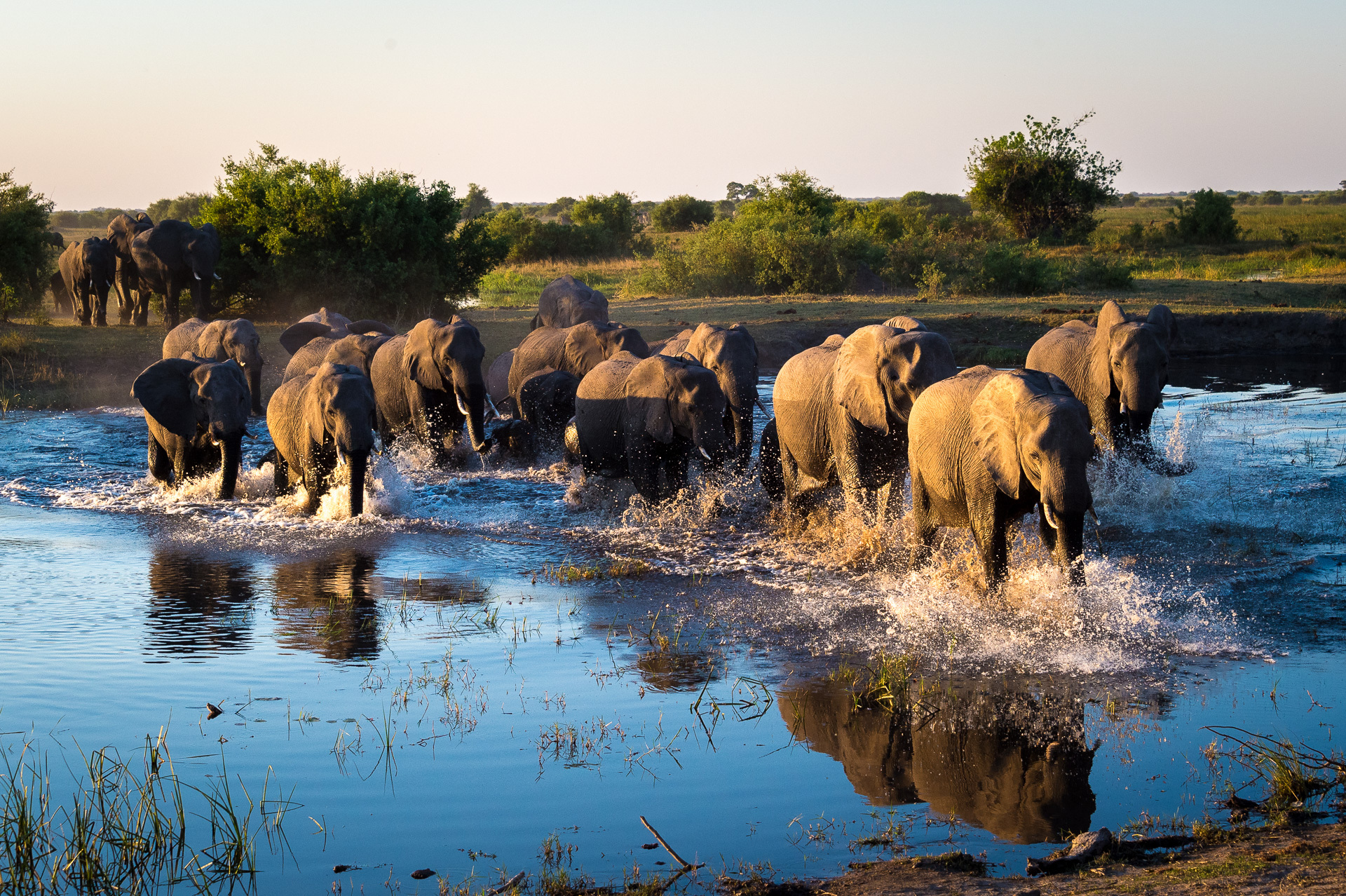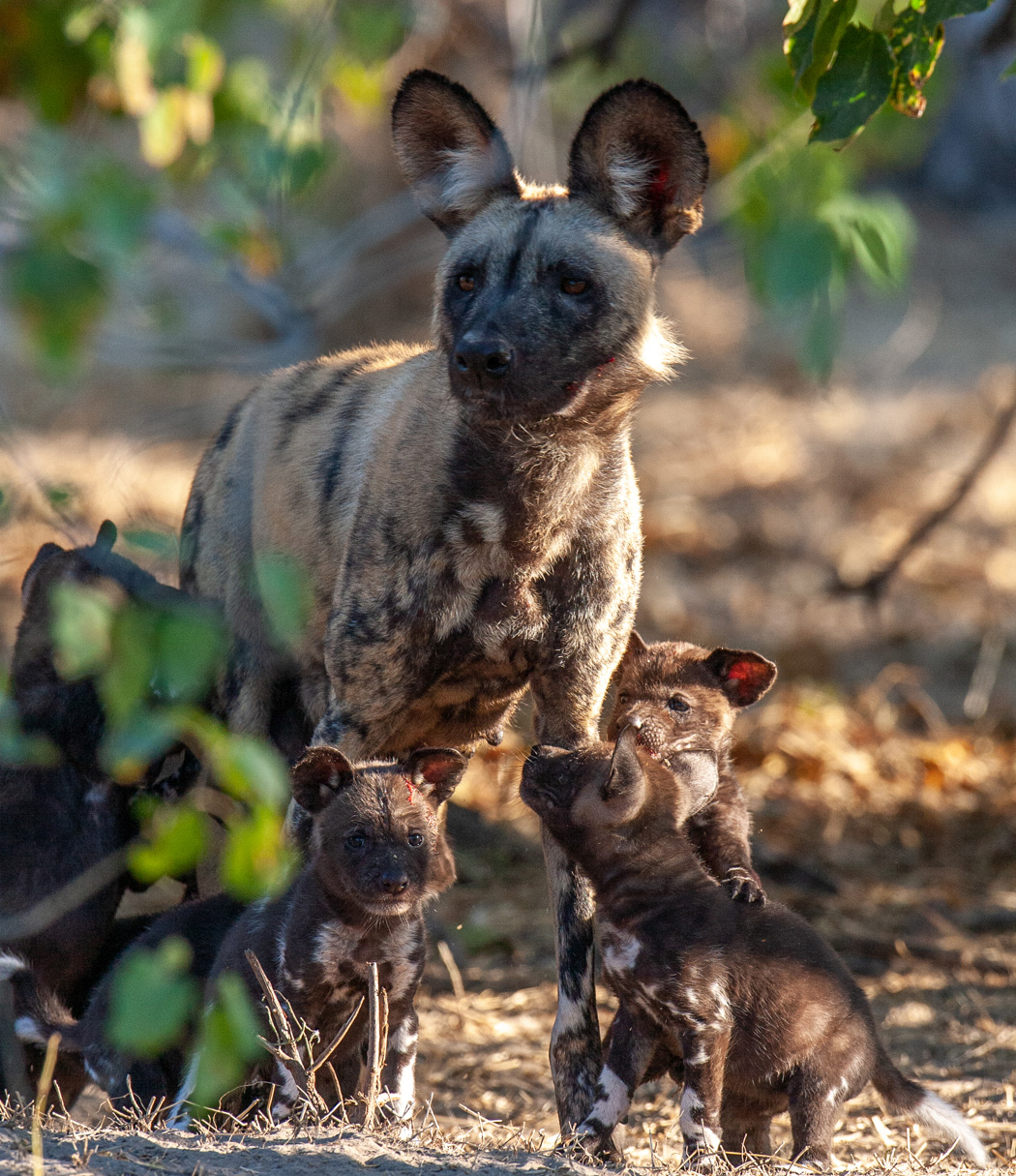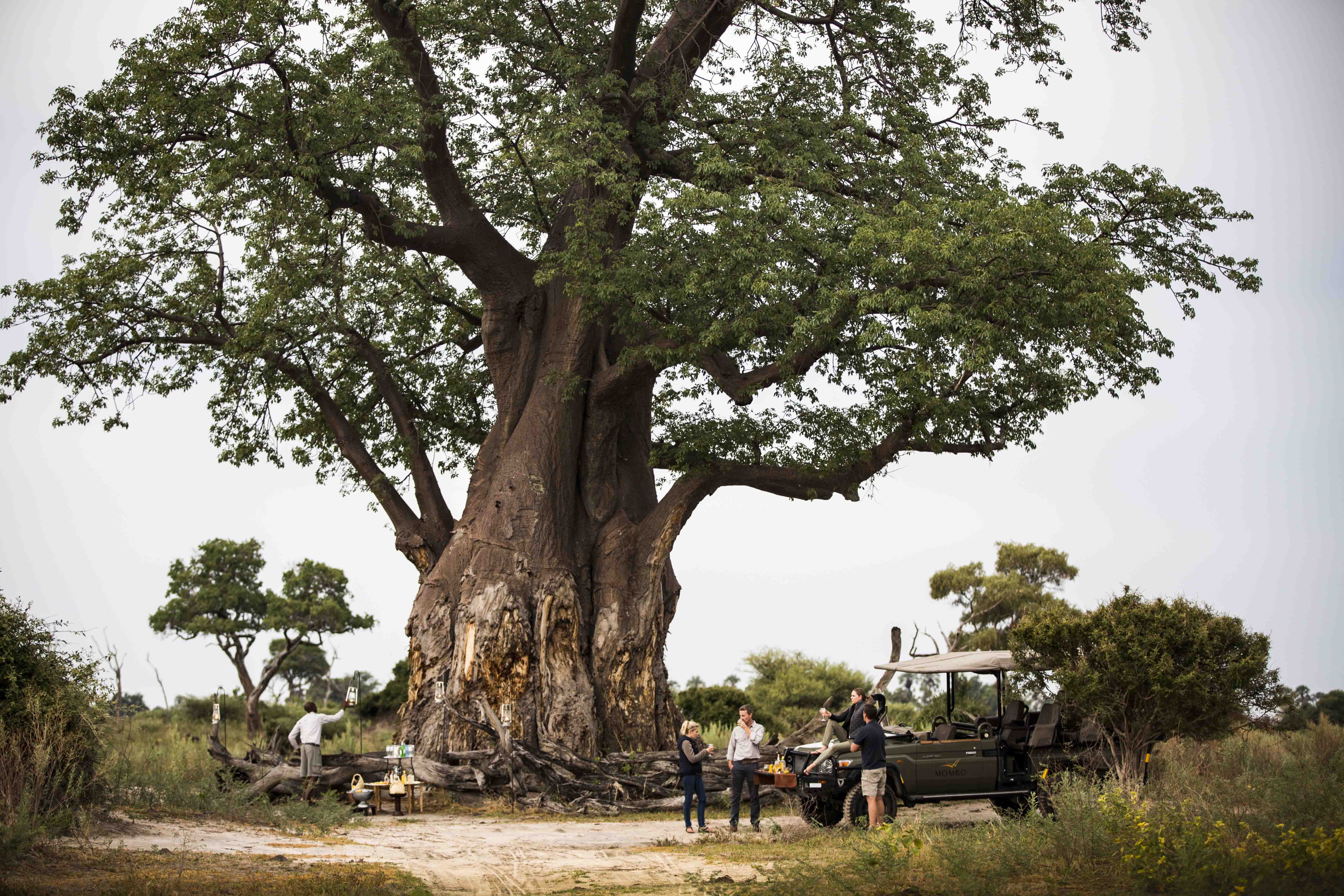Africa
Unfenced, untamed, unforgettable
Impact
Your Guide to Africa
6/5/2023
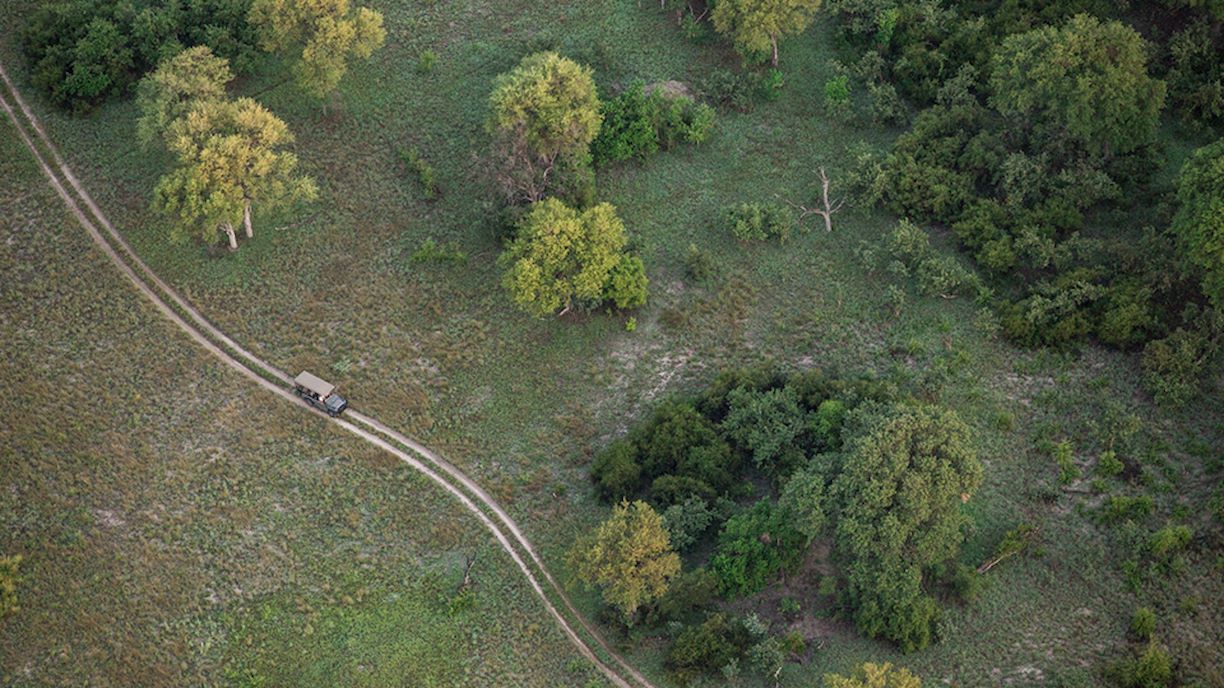
This now also includes Wilderness Mokete
Wildlife corridors
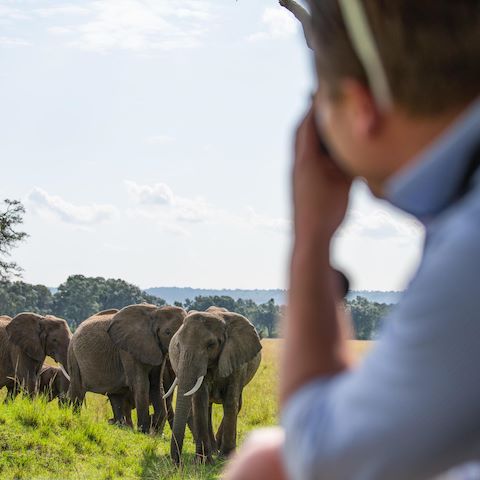
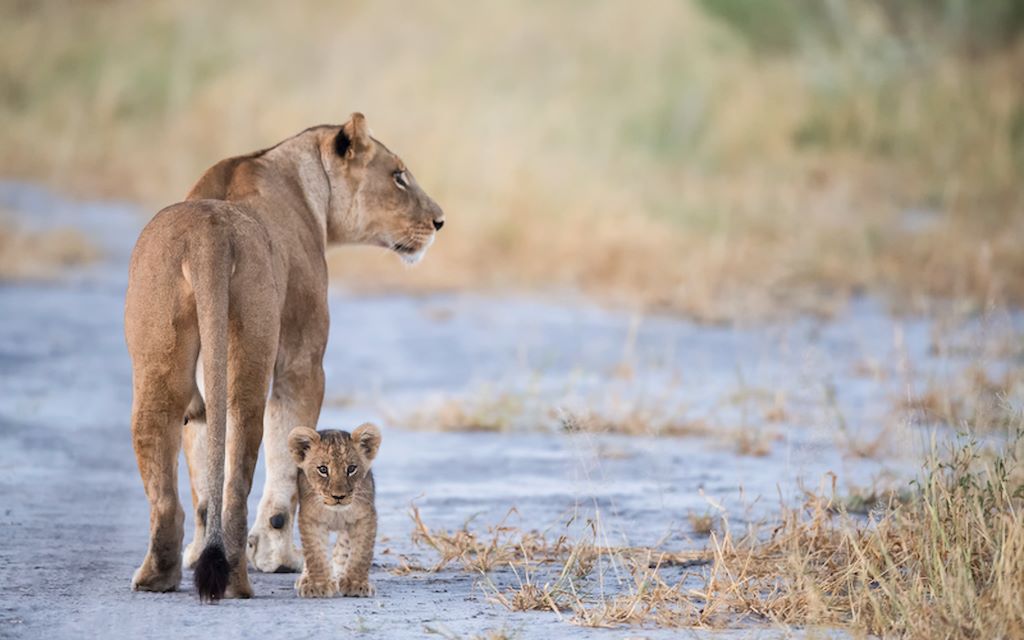
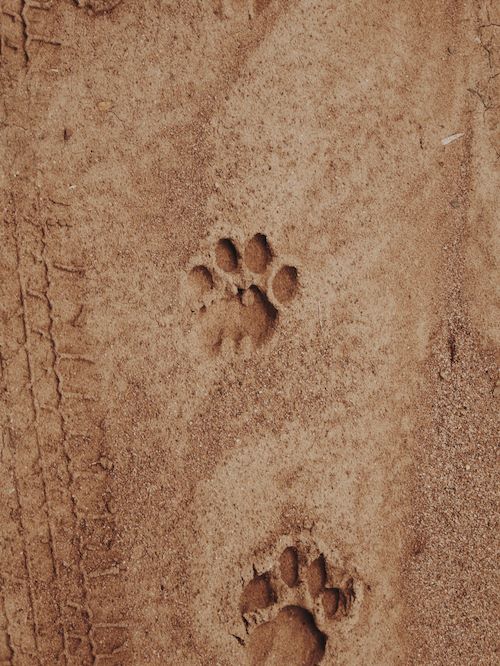
Protecting predators
Another keystone species, lions, have an important role to play in their environment. They keep prey populations in check, which in turn affects the vegetation. When lions have a healthy source of prey, like plenty of zebra and wildebeest, it ensures that areas don’t become overgrazed. When the soil and grassy plains are healthy, smaller wildlife thrives. Pangolins and aardvarks have safe habitat to move in, birds and insects and frogs and tortoises thrive. For all of this to happen, safe unfenced landscapes are needed.
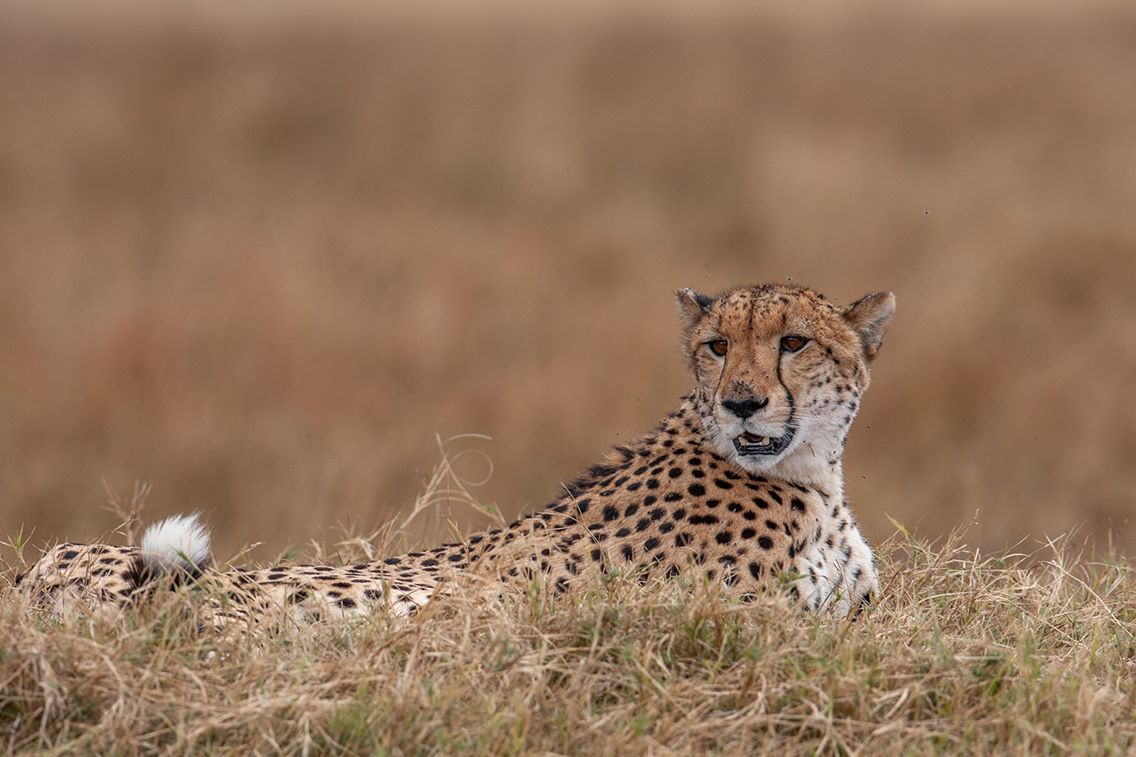
Earth’s ultimate, untamed places
Our destinations are vast, remote and wild, and we intend to keep them that way. Crucial in all of this is tourism; high-impact, low-volume tourism allows these wide, wild places to remain just that. Unfenced and unforgettable.
More to discover
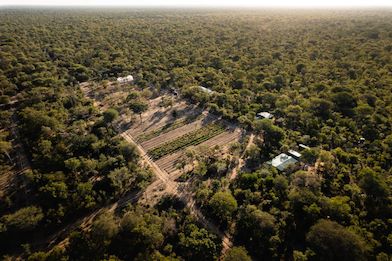
Ngamo: Story of an African farm
It’s a cold and misty morning at Wilderness Davison’s, a remote safari camp in Zimbabwe’s renowned H...
Read moreAndy Wassung
20.06.2025
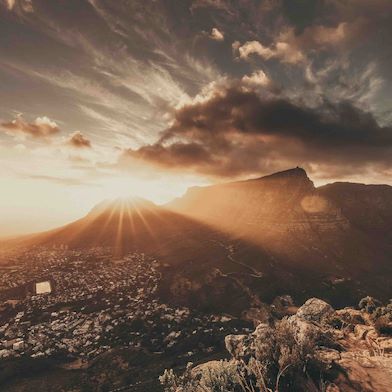
Best of Cape Town and Botswana
Join us on this 12-night adventure, a seamless holiday between two worlds that will have you dreamin...
Read moreLauren Dold
27.05.2025
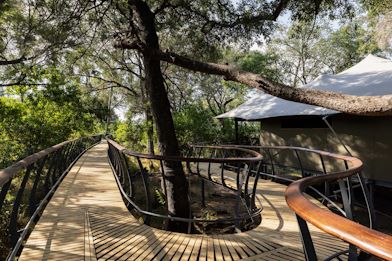
Wilderness Chitabe’s sustainable Okavango Delta safari
Discover Wilderness Chitabe’s blend of eco-luxury, conservation, and community in its approach to su...
Read moreMerryn Haller
09.05.2025

Botswana’s Mababe Depression: A haven for buffalo herds
Witness Botswana’s largest buffalo herds in the Mababe Depression, where epic wildlife encounters un...
Read moreLauren Dold
07.02.2025

What to expect from Wilderness in 2025
Unveiling new camps, expanding our wellness experiences, and leading the way in sustainable travel p...
Read moreMerryn Haller
14.01.2025

Let’s plan your next journey
Ready?
When we say we’re there every step of the way, we mean it, literally. From planning the perfect circuit, to private inter-camp transfers on Wilderness Air, and easing you through Customs. We’re with you on the ground, at your side, 24-7, from start to finish. Ready to take the road less travelled? Contact our Travel Designers to plan an unforgettable journey.
